
Microscopic Slides of Babesia bovis and Babesia bigemina
Babesia bovis Babesia bigemina Life Cycle
read more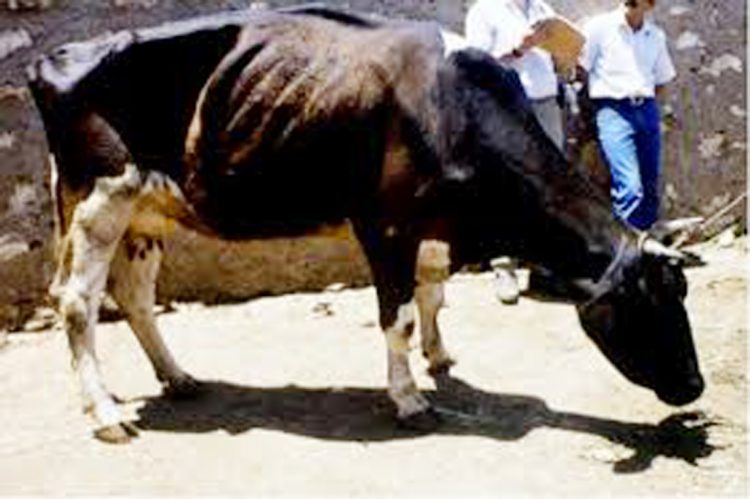
History of Babesia
In 1888 Victor Babeș first identified the causative agent in Romania and believed it to be due to the bacterium he named Haematococcus bovis. He documented the disease by describing signs of a severe hemolytic illness seen uniquely in cattle and sheep. In 1893, Americans Theobald Smith and Fred Kilborne identified the parasite as the…
read more
What is Bulk Milk Cooler
If you have a dairy farm and getting a good yield from it, there might be a problem you will face is of storage of milk. BMC or Bulk Milk Cooler is equipment made to store dairy milk.
read more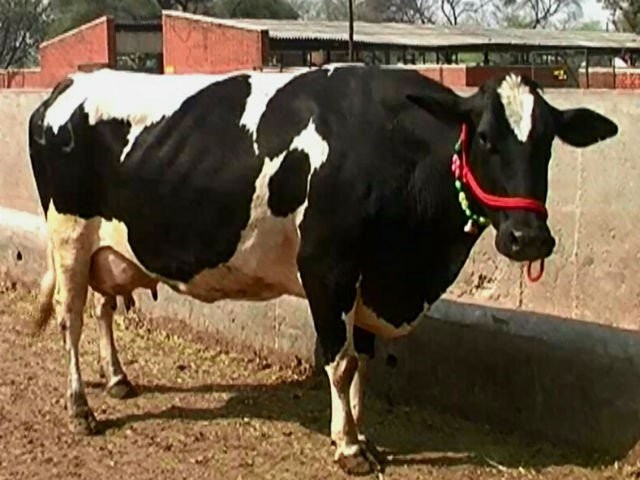
EMERGING COW BREEDS
Emerging Cow Breeds Since from the early 70s crossbreeding with different exotic breeds of European and North American region had been introduced for the boosting up the milk production of the country. Crossbreeding has been done to produce milk and bullocks. With the mechanization of farming and better means of communication and sale of milk…
read more
DIFFERENCE B/W CHEESE AND PANEER
In tropics where the atmos temperature is around 30, mesophilic range, milk is preserved as paneer. For making paneer milk is heated above 80°C and pH of milk is made acidic by adding citric acid or lemon, initially the water separated after making paneer is used, by changing pH the protein coagulates and the coagulant…
read more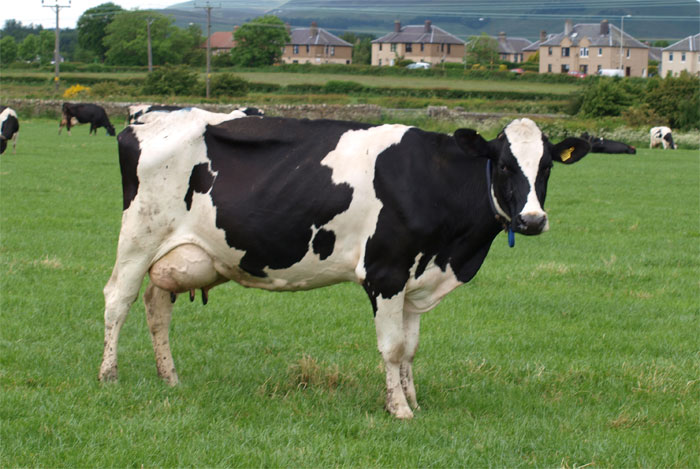
HOLSTEIN & JERSEY VS. BUFFALO
At present very good quality buffalo and Holstein Friesian and Jersey cows are available within the country. The lactation yield of good buffaloes are producing 6000 litres per lactation that are in 305 days. The good Holstein cows are producing 8000 litres of milk in 305 days. The fat content in the buffalo milk is…
read more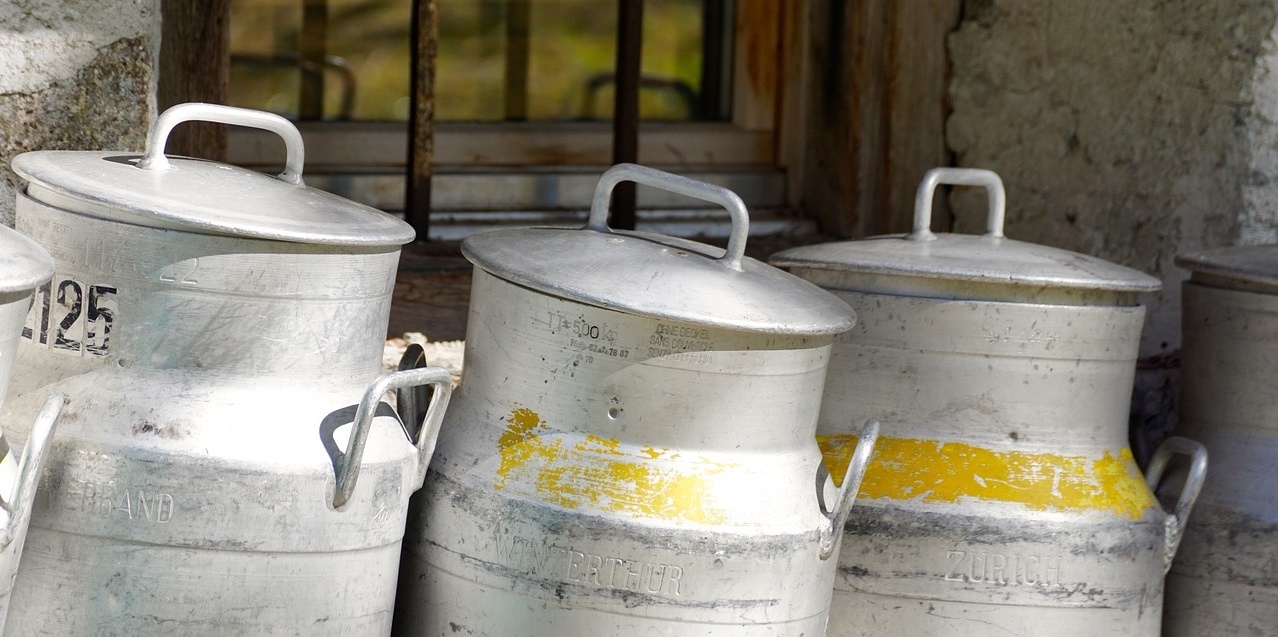
The Highest Production of Milk
Milk is a part of our daily food. Cheese, Cream, Curd, Butter, Icecream and more products are made with milk. America has the #1 rank in producing milk. The figures are in a metric ton America – 91.3 India – 60.6 China – 35.7 Brazil – 34.3 Germany – 31.1 Russia – 30.3 France –…
read more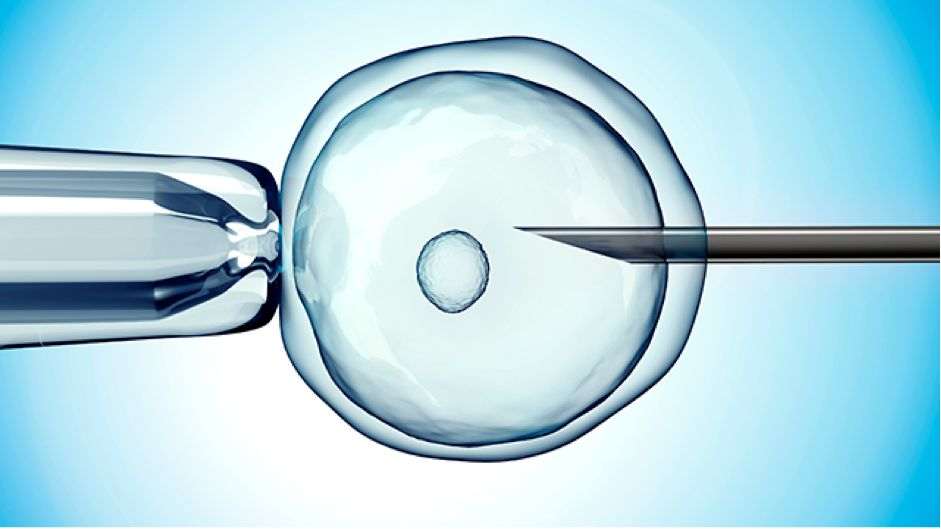
History of Reproduction
Here I am giving the list of some historical events related to Reproduction. 1677 – Leeuwenhoek first saw spermatozoa under a microscope. 1780– Spallanzani produced four pups of the dog by injecting solid of semen in the uterus of dog. He was the first who reported the effects of cooling on sperm. 1897 – Heap,…
read more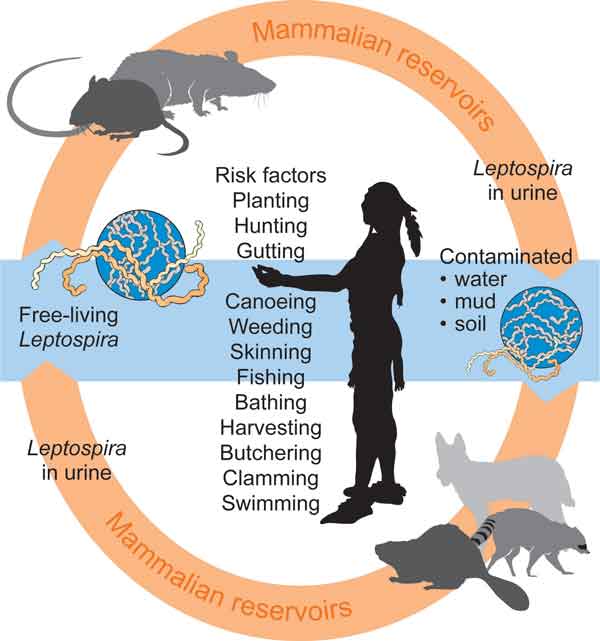
Leptospirosis
Leptospirosis is a bacterial disease that affects humans and animals. It is an infectious disease caused by bacteria of the genus Leptospira. In humans, it can cause a wide range of symptoms. The infection is generally transmitted to humans by water that has been contaminated by animal urine which comes in contact with unhealed breaks in…
read more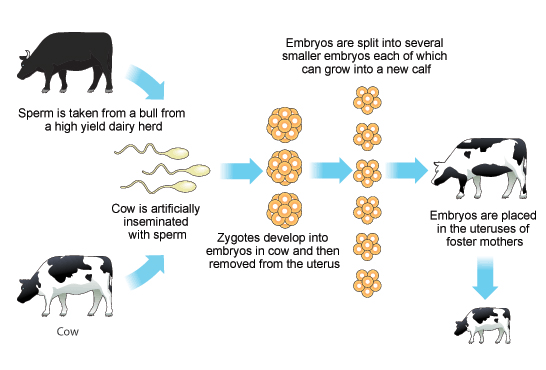
In Vitro Fertilization (IVF) in Cattle
IVF in Cattle We need 15 million spermatozoa for 1 artificial insemination. For the production of the female calf, the X and Y chromosomes are separated and the x sperms are used for the production of female calves. The technique used for the separation of semen can separate only 4 million spermatozoa. These 4 million spermatozoa…
read more